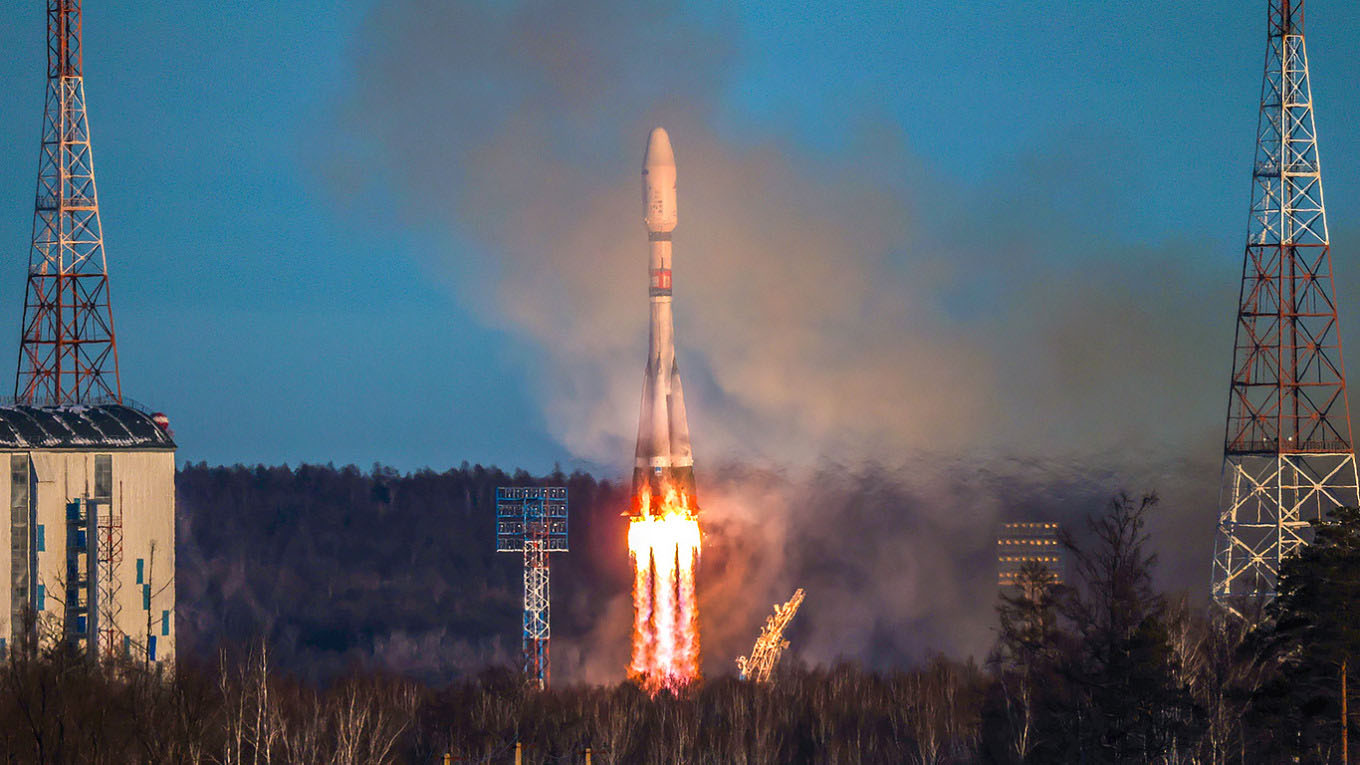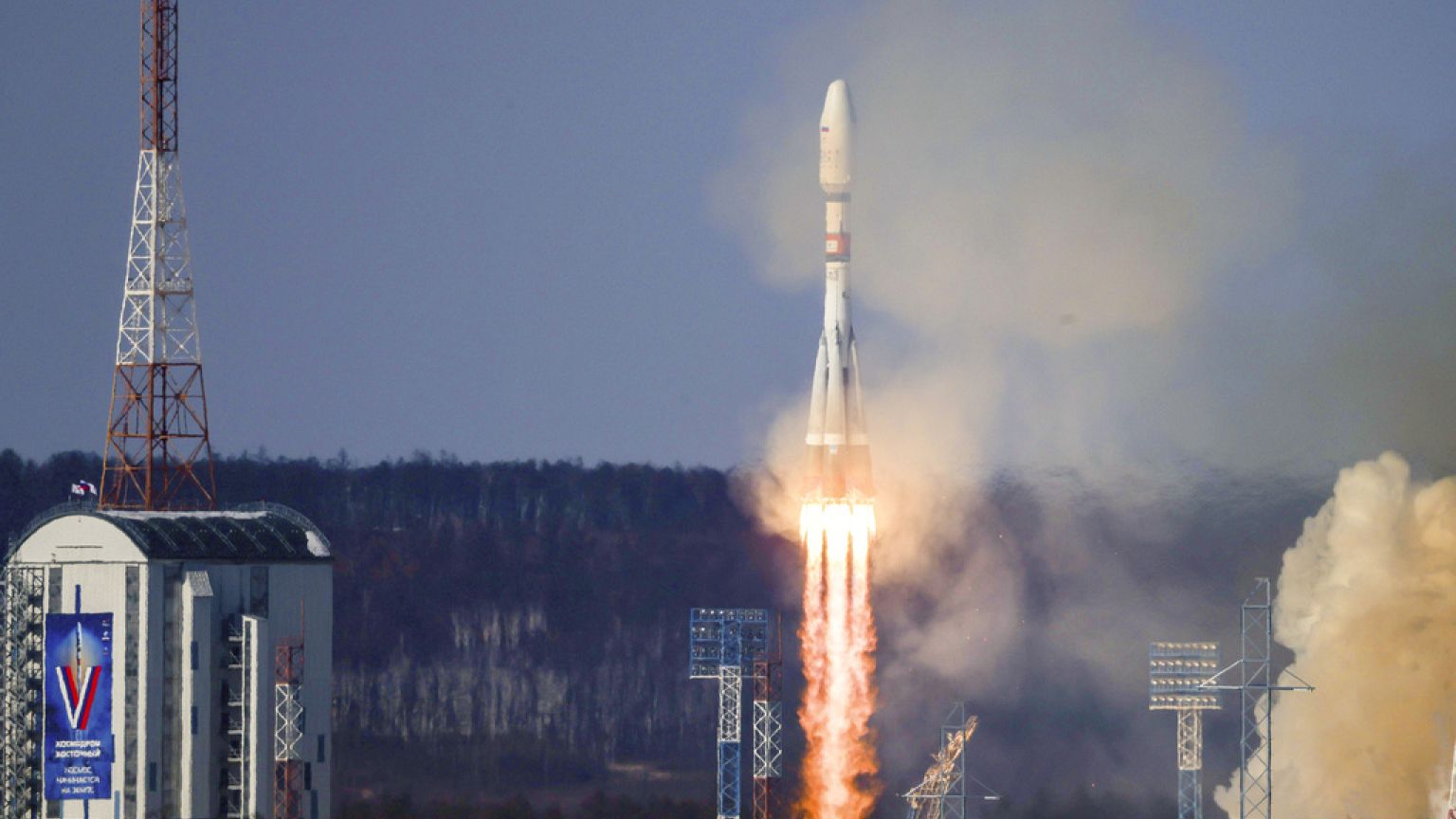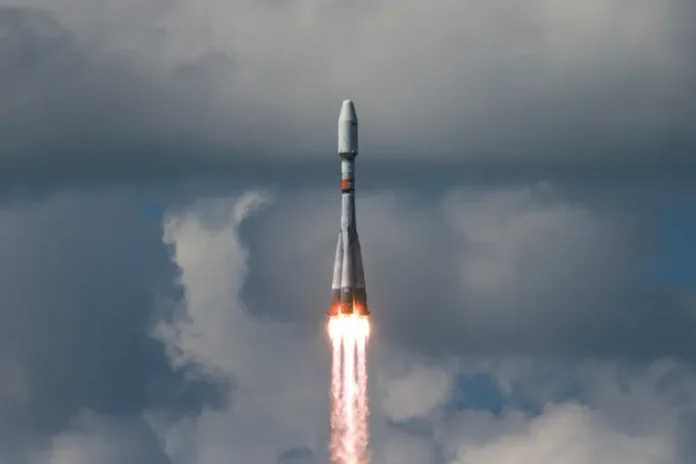Russia-Iran Mission Strengthens Ties
On Friday morning, a Soyuz 2.1b rocket soared from the Vostochny Cosmodrome and carried Iran’s Nahid-2 telecommunications satellite into space along with three Russian probes and eighteen small payloads. This launch signals a deepening partnership between Moscow and Tehran that has grown stronger under Western pressure and sanctions. Russia’s decision to share launch services with Iran reflects both nations’ desire to show they can advance high end technology without help from the West.
Expanding Russia’s Space Weather Network

Alongside the Iranian satellite, Russia placed two new Ionosfera-M craft into an orbit nearly five hundred miles above Earth. These satellites join a four‑unit network that tracks how solar activity affects radio links and navigation systems. They will fly in a path that gives a three‑dimensional view of the ionosphere, filling gaps left by earlier launches in late 2024. The added instruments will also measure ozone levels and feed data to both civilian agencies and military planners.
Western Concerns Over Dual Use Technology
Meanwhile, Western officials have voiced alarm at Iran’s growing launch capacity, noting that the same rockets used for peaceful satellites can serve as missile boosters. Fatima Al‑Asrar, a policy analyst, said that every time Tehran tests its satellite rockets it also refines tools that can carry warheads. The dual use nature of these flights raises questions about the line between science and strategy, and it keeps arms control experts on edge.
Timing and Regional Politics

The launch came just days after Iran’s Revolutionary Guard tested a new carrier rocket in a suborbital mission, and it arrived as nuclear talks began in Istanbul with British, French, and German diplomats. Many see Moscow’s move as a show of support for Iran at a moment when Tehran seeks leverage in those discussions. And it underscores how space cooperation now plays a role in the wider contest over influence in the Middle East.
Personal Analysis
I view this mission as more than a technical feat. It feels like a clear signal that Russia and Iran will lean on each other as long as Western barriers remain in place. Both sides gain practical data and the chance to refine rocket designs. Yet the partnership also risks widening the gap between major space powers, since it challenges Western norms on restricting missile technology. If Europe and the United States cannot offer an attractive path for scientific work, countries under pressure may turn even more toward one another. That trend could lead to a split in how the world approaches satellite launches and global security risks.
Sources: Space.com

